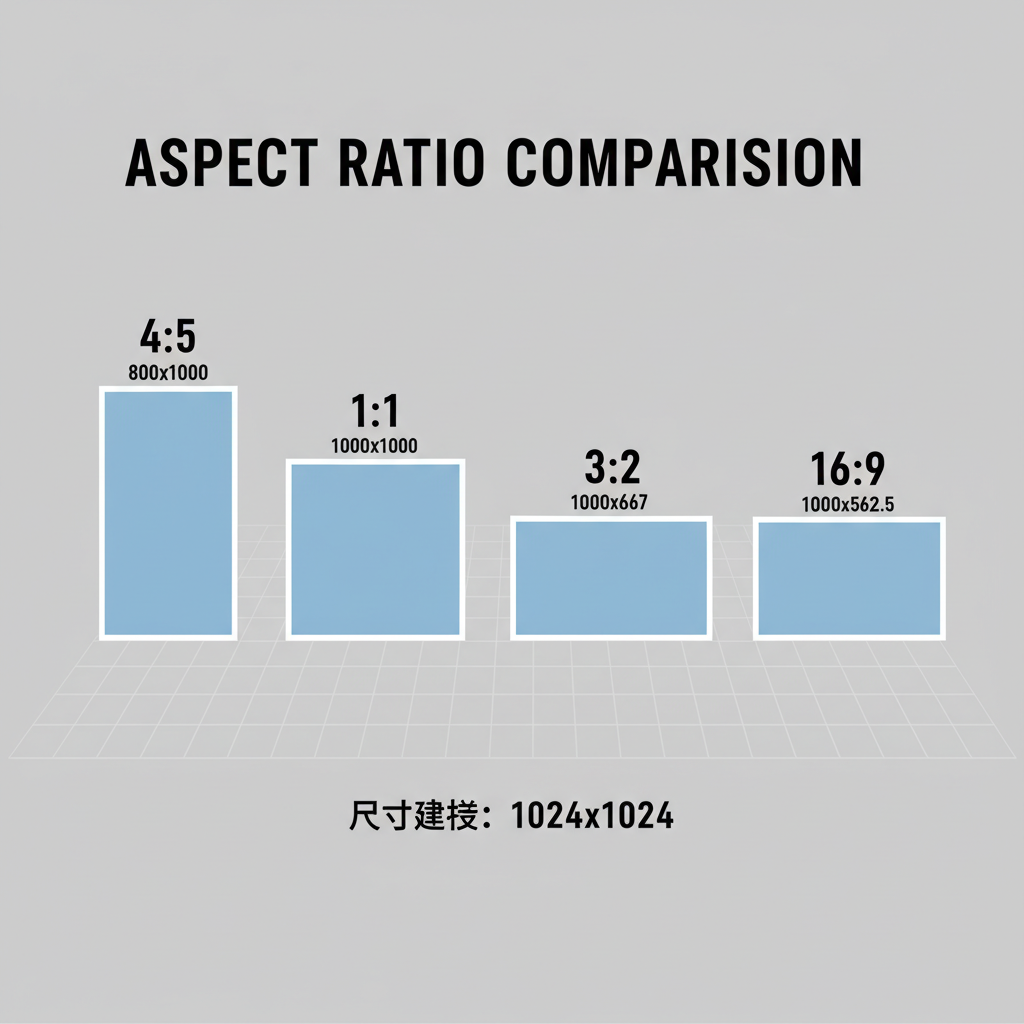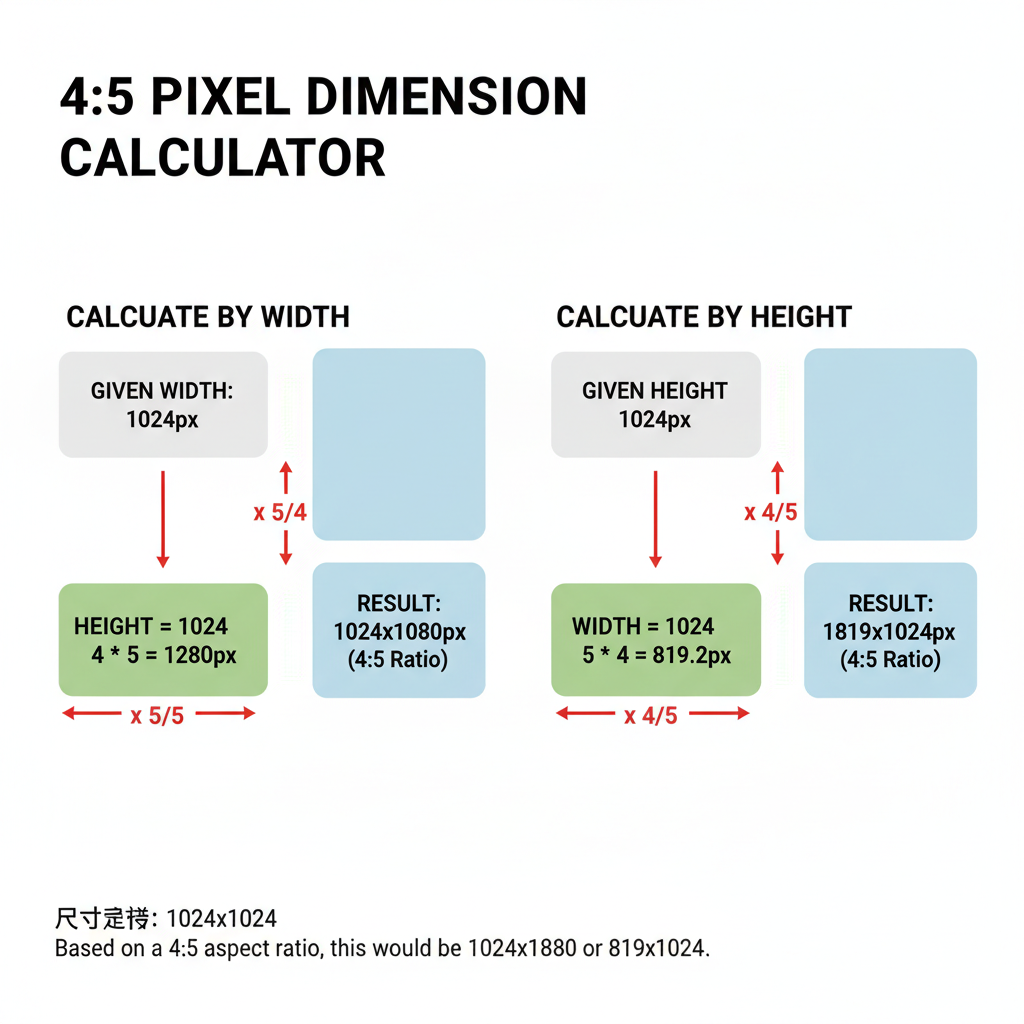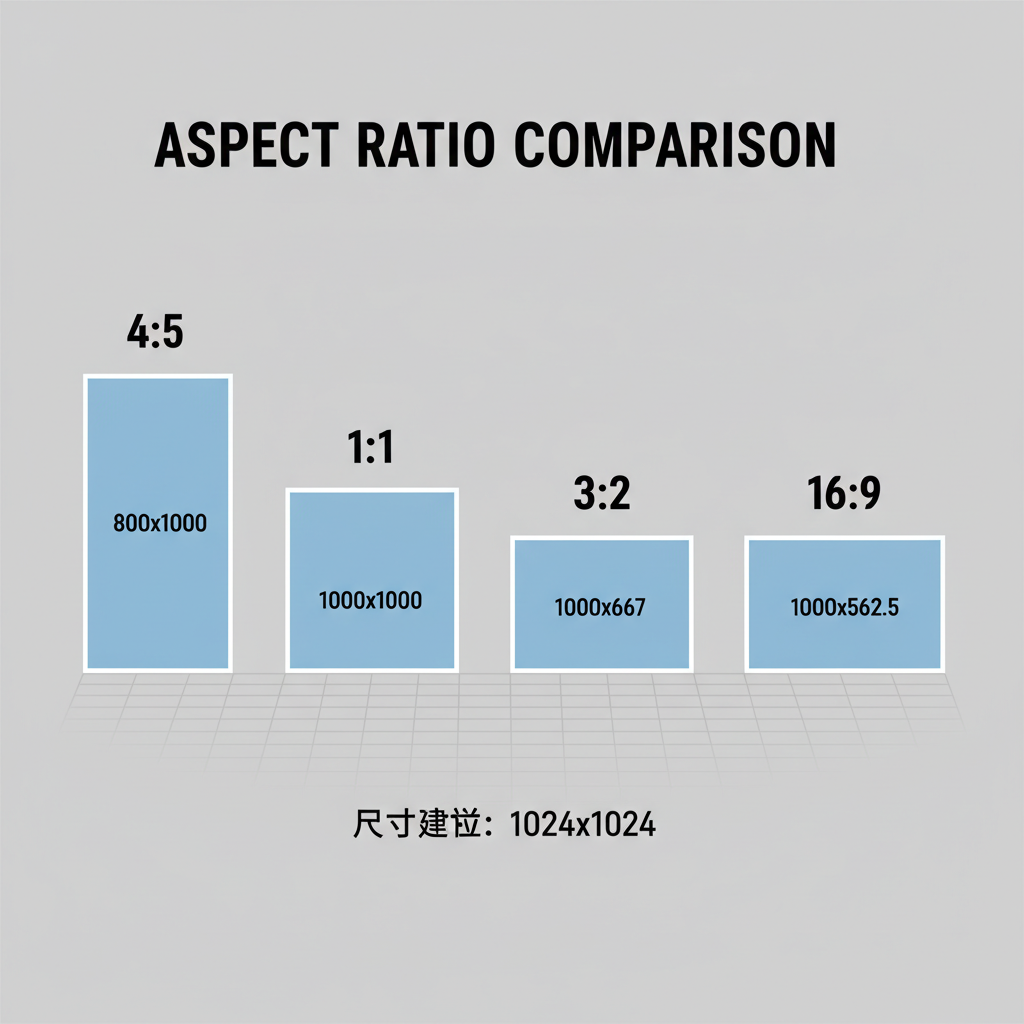4 5 Aspect Ratio in Pixels Explained with Common Sizes
Learn how to calculate and use the 4:5 aspect ratio in pixels, with common sizes for Instagram, Pinterest, and mobile-friendly visual design.

Introduction to the 4:5 Aspect Ratio in Pixels
When working in visual design, photography, or social media, understanding the 4:5 aspect ratio in pixels is crucial for producing content that fits perfectly across platforms without distortion. This vertical-oriented ratio—slightly taller than it is wide—is particularly popular on Instagram, Pinterest, and mobile-first designs because it maximizes on-screen space. Below, we’ll explore what the 4:5 aspect ratio is, how to calculate it in pixels, common uses, and best practices for keeping your images sharp and consistent.

---
Understanding the 4:5 Aspect Ratio
In visual design and digital media, aspect ratio refers to the proportional relationship between an image’s width and height. A 4:5 aspect ratio means that for every 4 units of width, there are 5 units of height. This creates a vertical or portrait-oriented image that is slightly taller than it is wide, making it especially appealing on social media feeds and in magazine-style layouts.
---
How Aspect Ratio Relates to Pixel Dimensions
Since most images are created and edited in pixels, it’s important to translate aspect ratios into pixel dimensions. The aspect ratio itself doesn’t dictate the exact pixel size—it shows the proportion.
For example:
- 4:5 ratio = width ÷ height = 4 ÷ 5 = 0.8
- If you know the width, multiply by 1.25 (5 ÷ 4) to get the height.
- If you know the height, multiply by 0.8 (4 ÷ 5) to get the width.
---
Common Pixel Dimensions for 4:5 Ratio
Below are dimension sets frequently used by designers and social media managers:
| Width (px) | Height (px) | Use Case |
|---|---|---|
| 1080 | 1350 | Instagram portrait posts |
| 800 | 1000 | Lightweight web images |
| 1200 | 1500 | Pinterest pins |
| 600 | 750 | Mobile UI previews |
| 400 | 500 | Thumbnails or mockups |
Matching these pixel values ensures a consistent look across your visual content.
---
How to Calculate a 4:5 Ratio from Any Width or Height
Use this formula to calculate:
Height = Width × (5 / 4)
Width = Height × (4 / 5)Example 1: Width of 1080px
Height = 1080 × (5 / 4) = 1350px.
Example 2: Height of 2000px
Width = 2000 × (4 / 5) = 1600px.
This simple math keeps proportions consistent, preventing distortion.

---
Why 4:5 Is Popular on Instagram and Pinterest
Instagram:
- Maximizes vertical space without cropping.
- Stops users in their scroll thanks to taller images.
- Fits within the platform’s maximum portrait size of 1080×1350px.
Pinterest:
- Portrait-style images occupy more feed space.
- 4:5 offers strong visibility without being overly tall.
---
Comparing 4:5 to Other Aspect Ratios
Here’s how 4:5 compares:
| Ratio | Orientation | Example Pixels | Notable Use |
|---|---|---|---|
| 1:1 | Square | 1080×1080 | Instagram profile gallery |
| 16:9 | Landscape | 1920×1080 | HD video, YouTube |
| 2:3 | Portrait | 800×1200 | Photography prints |
| 4:5 | Portrait | 1080×1350 | Social media vertical posts |
The 4:5 ratio offers a distinctive, elongated portrait look—eye-catching yet harmonious.
---
Best Practices for Creating Images in 4:5
Suggestions:
- Design for Mobile: Test layouts on smartphones to ensure optimal display.
- Maintain Balance: Avoid overstuffing vertically; keep focal points clear.
- Use High Resolution: Ensures detail retention on high-density screens.

---
Tips for Cropping Photos in 4:5 Without Distortion
- Lock Aspect Ratio: Most photo editors have crop ratio presets.
- Anchor the Crop: Choose top, center, or bottom based on subject placement.
- Avoid Stretching: Change both width and height proportionally.
---
Recommended Tools for Resizing and Cropping
Popular tools:
- Adobe Photoshop – Aspect ratio crop preset available.
- Canva – Social media templates in 4:5 format.
- GIMP – Free alternative with ratio lock.
- Lightroom – Customized cropping for photographers.
- Figma – Ideal for UI designers to maintain proportions.
---
Troubleshooting Pixelation and Stretching Issues
Pixelation:
- Start with high-resolution sources.
- Avoid scaling up too far; opt for new captures at intended size.
Stretching:
- Always constrain proportions.
- Adjust width and height together to keep consistent ratios.
---
SEO Benefits of Using the Correct Aspect Ratio
Optimizing your images with the right ratio improves:
- Engagement: Taller, proportionate visuals keep users on-page longer.
- Page Speed: Proper dimensions reduce load time.
- SERP Presentation: Correctly cropped images look better in search previews.
These factors can indirectly boost SEO by enhancing user experience.
---
Conclusion: Choosing the 4:5 Aspect Ratio in Pixels
Opting for the 4:5 aspect ratio in px is smart when:
- You need a vertical emphasis without going extreme.
- Posting on Instagram or Pinterest for maximum visibility.
- Creating mobile-friendly designs that feel natural in scrolling environments.
By understanding and applying the 4:5 proportion, your visuals will be sharper, more professional, and perfectly formatted for the platforms that matter to your audience. For your next project, set your canvas or crop tool to 4:5 early on—you’ll save time and deliver impactful, feed-friendly images every time.




